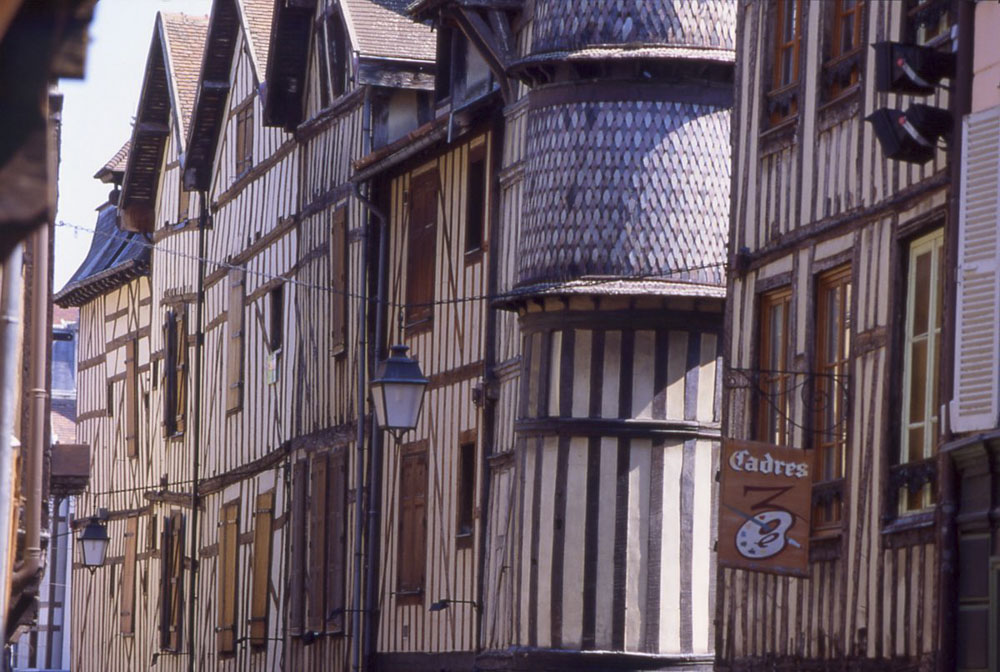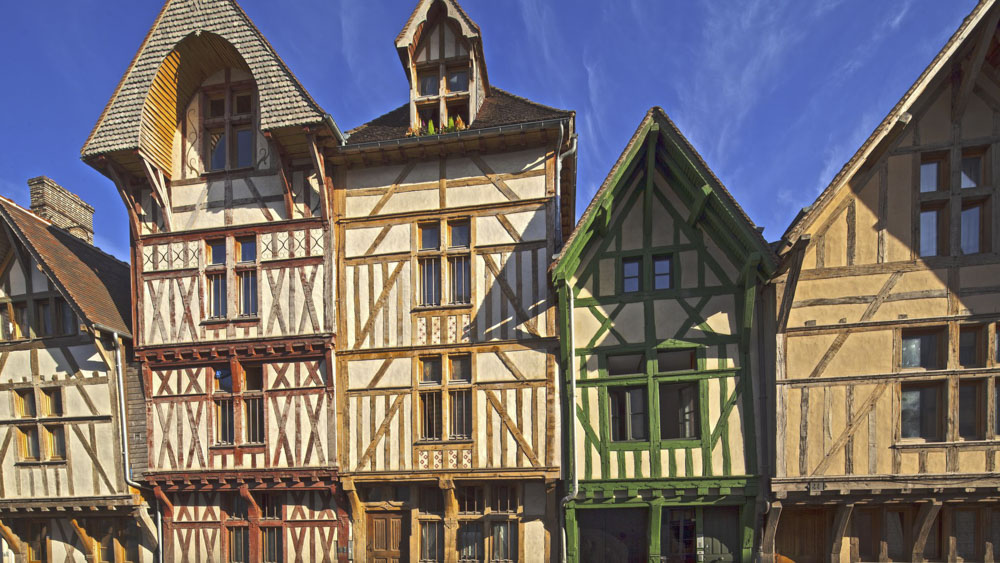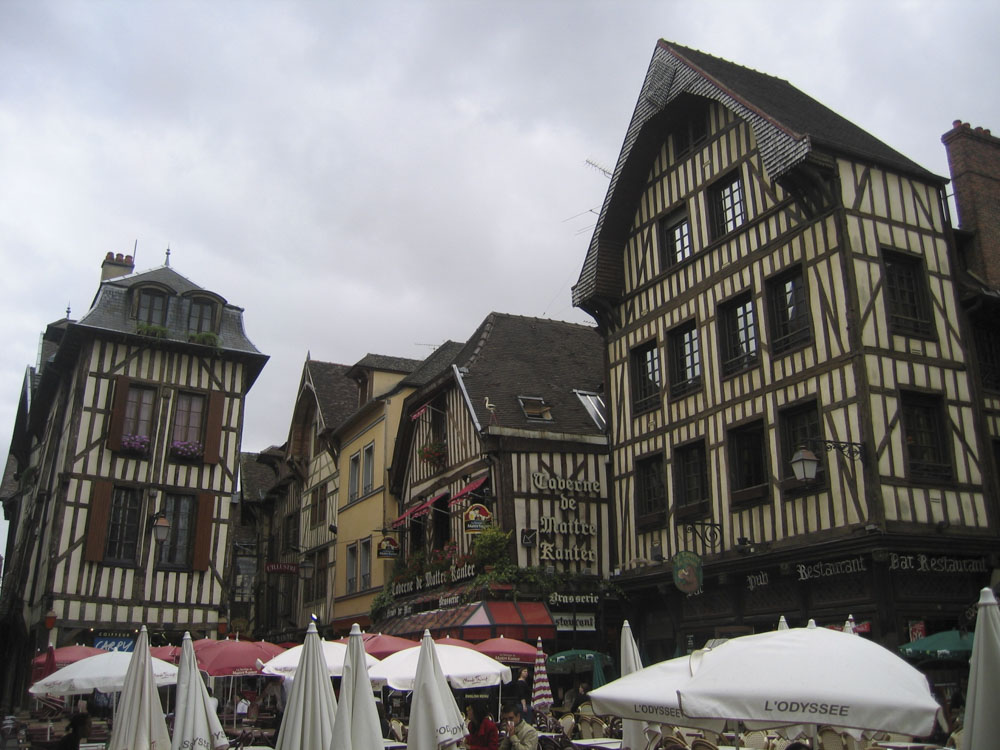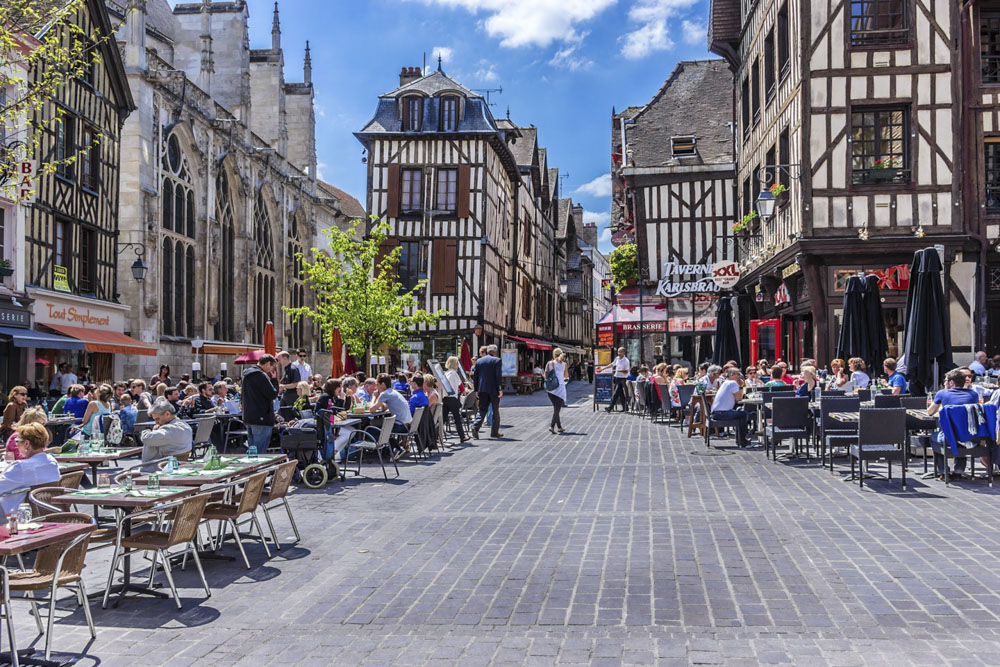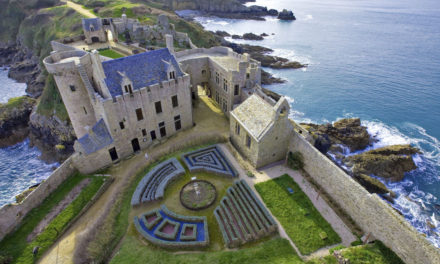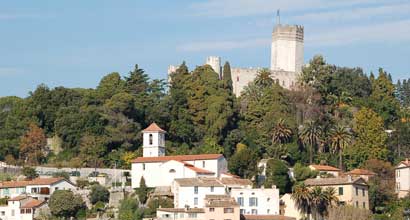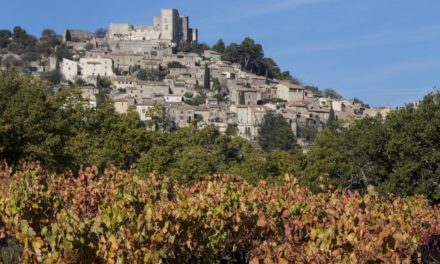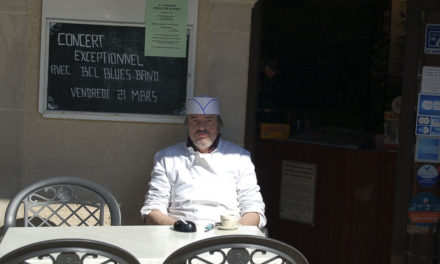Troyes is the ancient capital of the Champagne-Ardennes region famous for its vineyards and the finest champagne. It lies in the heart of the Aube department in north-central France, approximately 150 km (93 miles) from Paris . The city centre is aptly shaped like the cork of a champagne bottle with a rectangular outline defined by avenues of trees and a rounded top circled by the River Seine. Troyes is located at the southern tip of the Champagne region and with narrow, cobbled streets and medieval half-timbered buildings, it is a picturesque town with a traditional French atmosphere. It is a treat for lovers of art and architecture, giving visitors a unique opportunity to enjoy the history of this remarkable city amongst some of the most beautiful countryside along the Seine.
Book a Hotel in Troyes
History
Excavations in this region have led to discoveries from prehistoric times when the area was settled by a local tribe called the Tricasses. In the 1st Century BC, this Celtic settlement was occupied by the Romans who acknowledged its strategic location, being the central point between several Roman routes, including the Agrippa Way connecting Milan to Boulogne-sur-Mer. Much of the architecture reflects the Gallo-Roman influence and from early times, Troyes was a prosperous and economic success, owing much to religious support from Rome. In medieval times, Troyes was an important international trade centre specifically because of the Champagne Fairs held in July and November every year to which merchants travelled from all over France.
The city is divided into ‘quartiers’ :
The Arts District
This ‘upper quarter’ was originally the centre of the ‘bourgeois elite’ which influenced the city from the 14th to the 16th centuries. Occupied by the wealthiest merchant families, the area around the Rue Turenne and the St. Pantaleon church was popular as the meeting place for the Foires de Champagne (Champagne Fairs) which played a major part in revitalising the economy, being the premier market for textiles, leather, fur and spices. Today, it is still a flourishing district with magnificent buildings, some of which have been transformed into hotels.
The Madeleine District
At the end of the Middle Ages, the centre of power in Troyes moved towards the west and the City Council was set up in the new Town Hall in the 17th Century. Precious metal shops were created in what was to become the Rue de la Monnaie, attracting silversmiths from other districts. The name ‘troy weight’, the standard of measurement for gold, derives from Troyes. The grandest families lived around Sainte-Madeleine church and traded in fine arts, clothing, tanneries and finance, constructing superb town houses, several of which are still standing. In 1524 many of the homes were rebuilt in stone following the great Troyes fire which destroyed numerous timber framed buildings. On Rue du General de Gaulle, nearly all the houses had a cellar where craftsmen included cotton weavers who worked in the damp atmospheres of the cellars before transferring to power looms which were introduced in the 19th Century. Along this street, the modern Palais de Justice (courthouse) was built replacing a former convent.
The Canal District
Originally a marshy environment with water resources freely available, the early settlers resided in this area and built a fortified city. The old city was developed along the alluvial plain of the Seine and its tributary, the Vienne, and included four watermills which were built in the 12th century to supply water for local industry. Waterways provided transport for goods and people and protected the city. Drinking water was boosted by the Moline canal, a tributary of the Seine, which also supplied the cotton mills, shops, tanneries and clothing shops. In 1805, Napoleon had the Haute-Seine canal and the Prefecture basin built to link the Bourgogne canal to Paris to promote goods traffic. In 1850 running water was installed in the city and many of the 70 public wells were closed. Today, Troyes is rebuilding its wells based on ancient plans so visitors can stroll through the ‘bouchon’ and see the carefully sculpted parapets and delicate ironwork.
The Cité District
This part of Troyes is located in the fortified part of the Gallo-Roman city, the ramparts of which were built towards the end of the 3rd century AD to protect the citizens from German invasions. These stone buildings enclosed the Christian centre of the city as well as the château built for the first Counts of Champagne (currently the Place de la Tour). During the 12th and 13th centuries, the Counts encouraged development outside the city walls leading to its shape like a champagne cork (le bouchon de Champagne). At this time there were 12 churches and 2 convents in the city and the social, commercial and cultural life developed rapidly in this neighbourhood. Many old buildings have been preserved, including the Cathedral, and the area is particularly interesting for its architecture.
Les Halles District
Located along the main road to Paris, this rectangular neighbourhood – the ‘corps du bouchon’ (body of the cork) – was originally where the craftsmen and merchants lived. During the Middle Ages, with the development of the Champagne Fairs, the area became famous for its art workshops including glassworkers and joiners. Today, the region continues to produce items of high quality and is the commercial heart of the city. This is a delightful part of Troyes with narrow medieval alleys and interesting 19th century buildings housing department stores and banks.
Saint-Jean District
Also known as the Champagne Fairs district, this is where traders congregated to do business. Famous throughout Europe from the 12th century, these fairs were held over several weeks, the ‘foire chaude’ on Saint John’s day in June and the ‘foire froide’ held on St. Remi’s day in October. The squares would be alive with entertainers as well as wine merchants, butchers, apothecaries, herbalists and bakers – all plying their trade amongst clothiers and shoemakers. The wooden timber houses have recently been undergoing a refurbishment programme and are a fascinating insight into the past with beautiful carved façades on the buildings and broad shopping boulevards.
The old Jewish Quarter
Broce-aux-Juifs is the Jewish neighbourhood built along the Quaie des Comtes de Champagne. A large Jewish community settled in Troyes from the Middle Ages and a rabbi known as Rachi founded a Talmudic school in 1070 which is commemorated by the Rachi European University Institute, opposite the synagogue. The Jewish quarter was associated with silversmith shops and money changers which were located in Rue Boucherat and Rue Saint-Frobert. The mint was built in the Hôtel des Monnaies which is located near the Saint-Jean church and is an interesting place to wander to learn about the history of the Jewish population of Troyes.
Saint-Nizier District
In the 10th century, the Gallo-Roman city was extended and the Bourg-L’Eveque neighbourhood developed. In the Saint-Nizier quarter there are fine examples of beautiful 16th century half-timbered houses which have been restored and are amongst the oldest in Troyes. To the north, along the Seine riverbanks, are several historic mansion houses which are open to the public and well worth a visit.
Attractions
Troyes is a charming city with numerous museums, churches and medieval buildings to see including the cathedral and 9 churches. In the old quarter, closely built half-timbered wood and stone mansions surround attractive courtyards and line the narrow alleyways leading to the main square where there are many cafes and restaurants facing the fountains. Several streets are now pedestrian precincts making both shopping and cultural attractions easily accessible by foot.
Serious shoppers will be delighted that there are over 100 factory outlets offering huge discounts on designer goods. Troyes has traditionally been an important fashion centre and is currently France’s leading knitwear producer.
It is advisable to buy a Museum Pass which enables you to visit the Abbaye St-Loup, the Hotel-Dieu-le-Comte and the Hôtel de Vauluisant’s twin museums, the Musée de la Bonneterie and Musée Historique, and the Musée d’Art Moderne at a reduced rate. However Troyes’ most famous museum La Maison de l’Outil and de la Pensée Ouverte is not covered by this scheme.
The Cathedral of St. Pierre et St. Paul is a jewel of the Gothic style of construction and well worth a visit. Other churches of note are the St. Jean Church in Southern Troyes and St Urbain Church which is famous for its stained glass windows.
The Aube’s vineyards currently produce a quarter of France’s champagne, and Reims and Epernay have huge wineries, but in Troyes, production has a lower profile. There are however, several tastings and special events held in the town and visits to the vineyards can be arranged through the Tourist Office.
Accommodation & Restaurants
There are several stylish hotels in Troyes many of which are in restored old buildings. The Hotel de la Poste is a 4 star hotel on the Rue Emile Zola and the Hotel des Comtes de Champagne is located in a charming original 16th Century half-timbered lodging house. Family orientated hotels and B & Bs are plentiful and many have superb views over the ancient city. Troyes’ top restaurant is Le Valentino and there are excellent brasseries and creperies throughout the old town catering for every taste and budget.
Regional champagnes, as well as fine wines are readily available in wine bars and bottle shops as well as in the restaurants and are often served in a coupe (traditional glass). The local speciality Prunelle de Troyes, a plum liqueur has been distilled in Troyes since 1840.
The region is famous for its charcuteries and ham. The local cuisine has always been robust and includes game sourced from the surrounding countryside. Local venison, wild boar, rabbit, hare and partridge are presented in patés, rillettes and terrines and Troyes is noted for its andouillette (tripe sausage). The two main cheeses of this area are Chaource and Langres.
Travel
By road: The Champagne region is primarily a driving destination. Troyes is approximately 3½ to 4 hours drive from Calais (250 miles) direct on the A26 motorway, leaving at exit 32.
Tourist Office
16 Boulevard Carnot
1000 TROYES
(near the station)
Tel: +33 (0) 3 35 82 62 70
email: contact@tourisme-troyes.com

